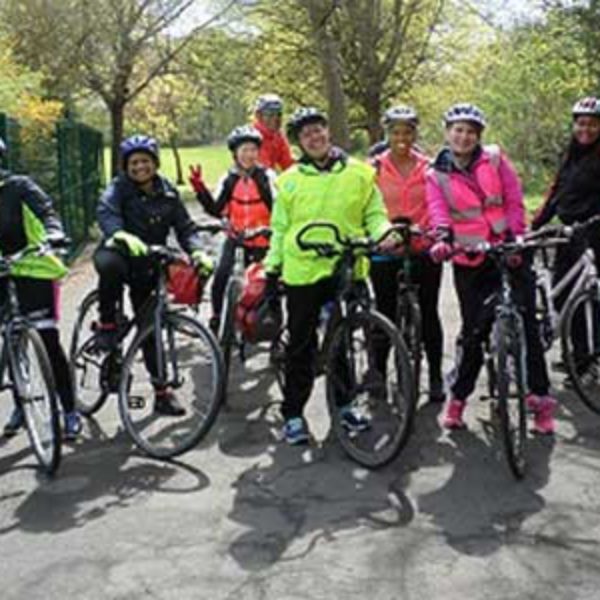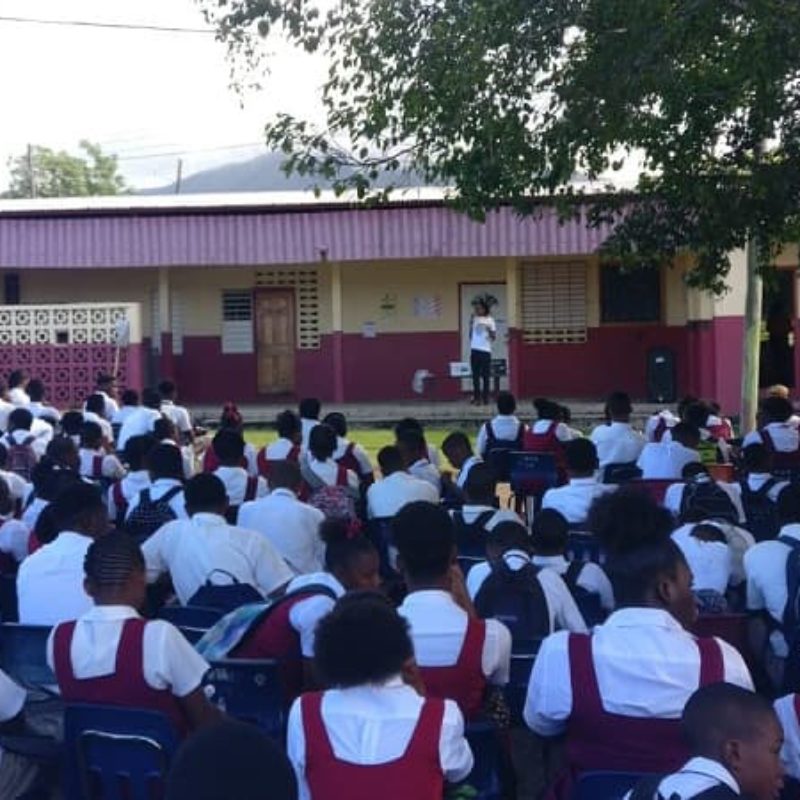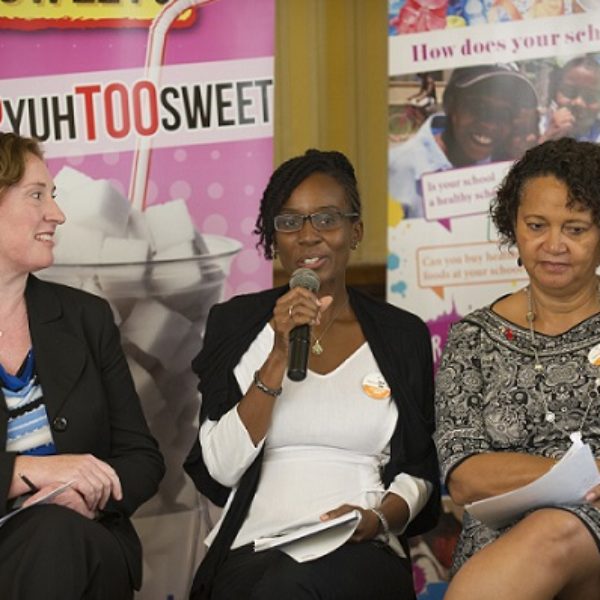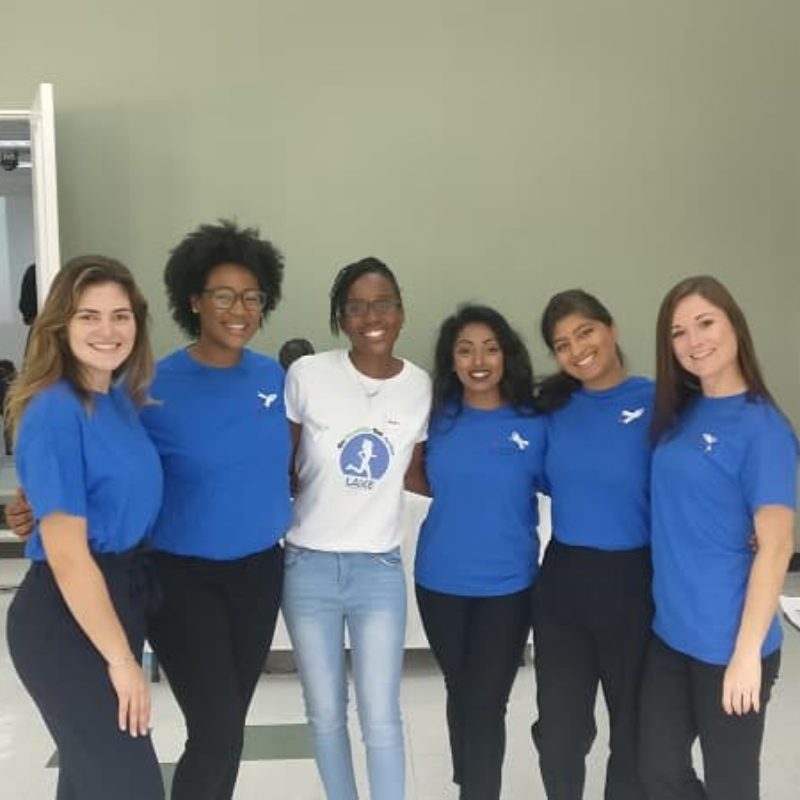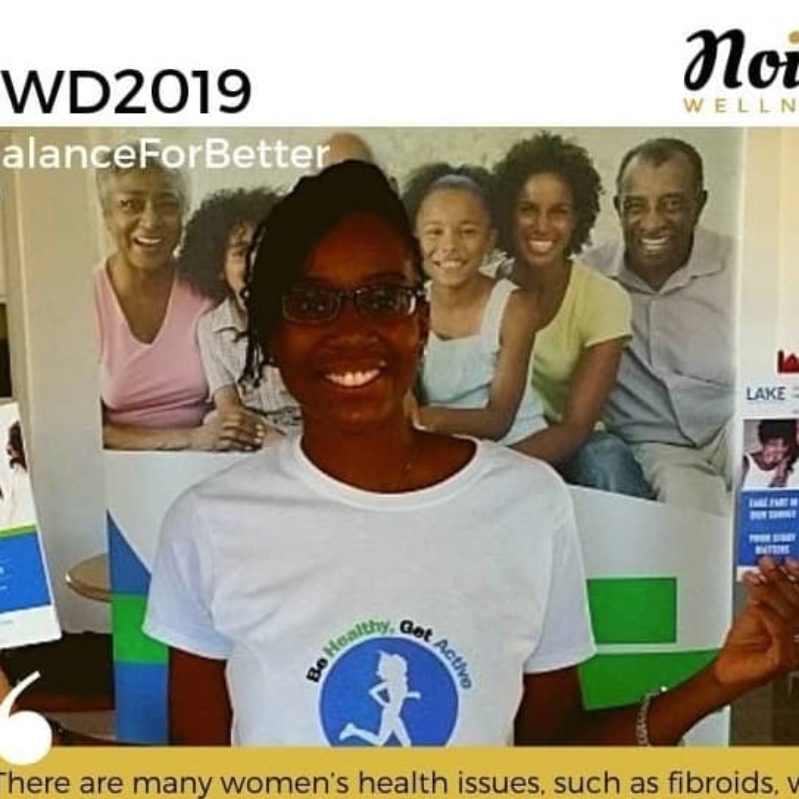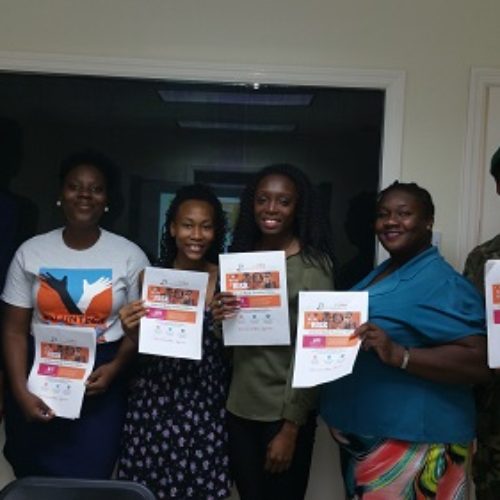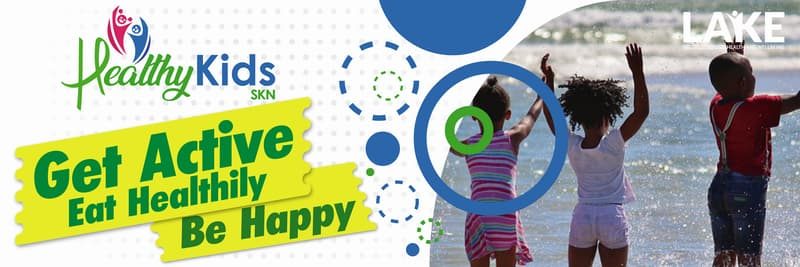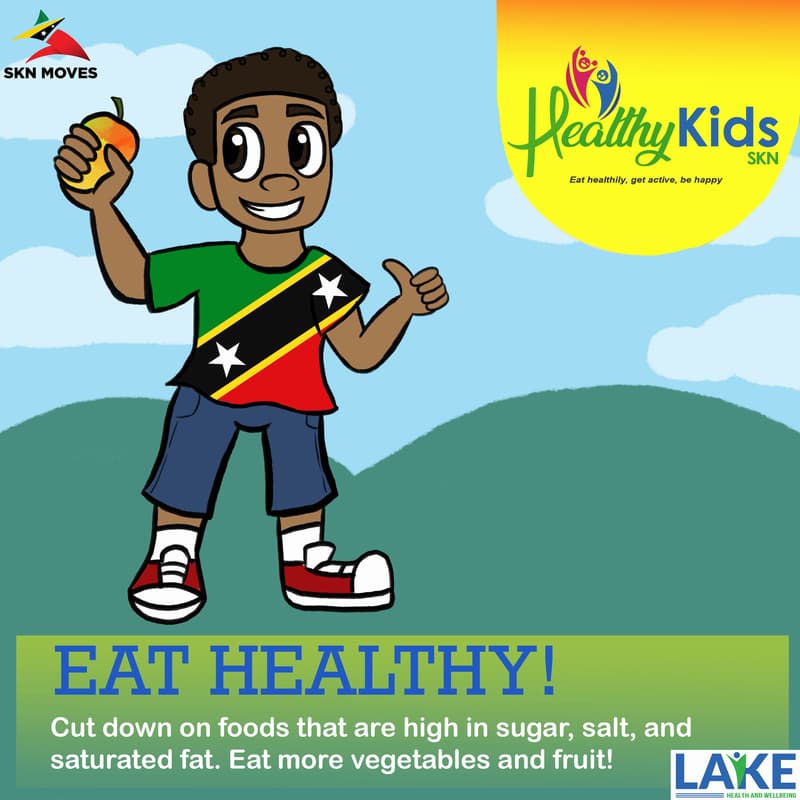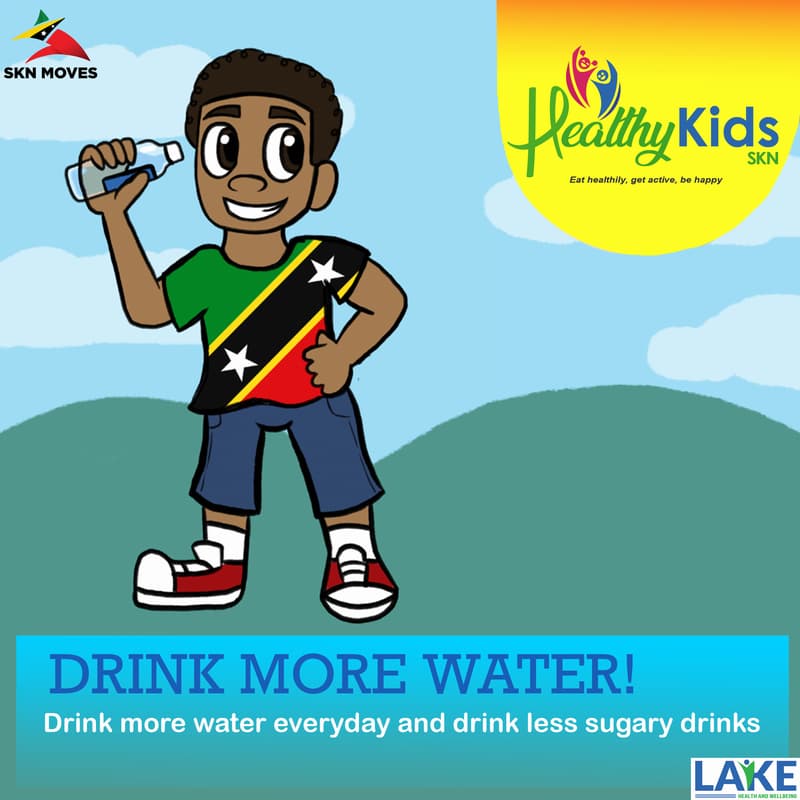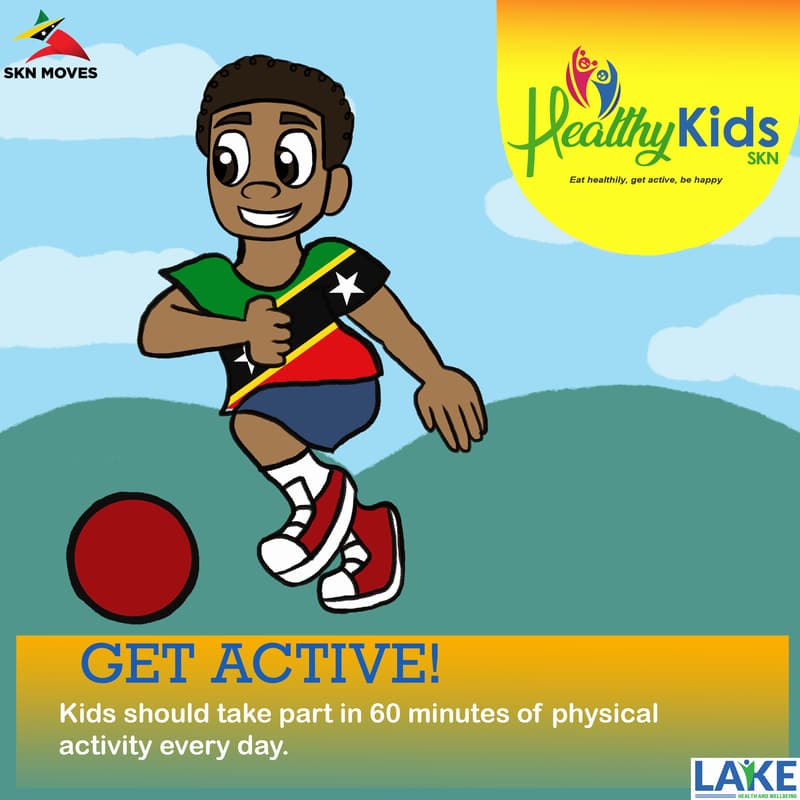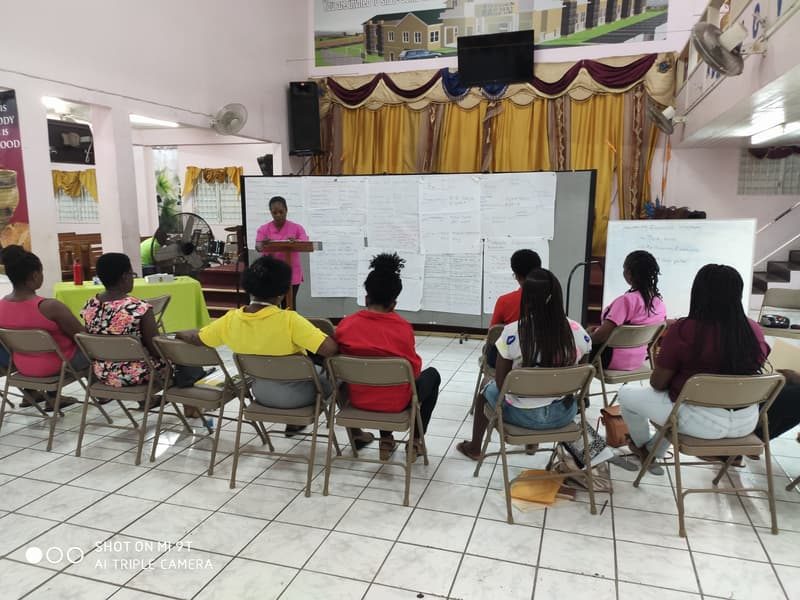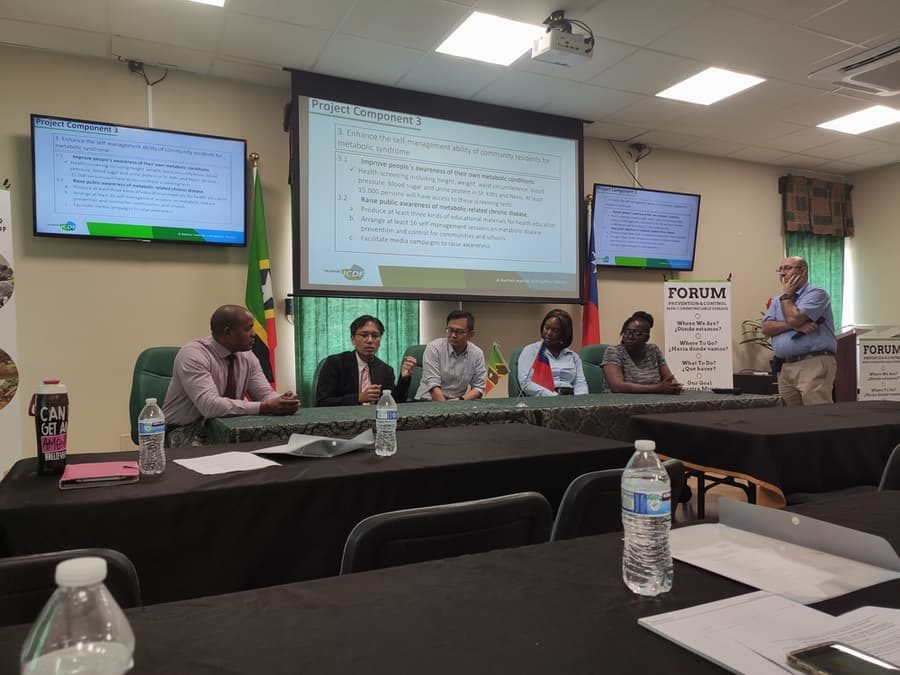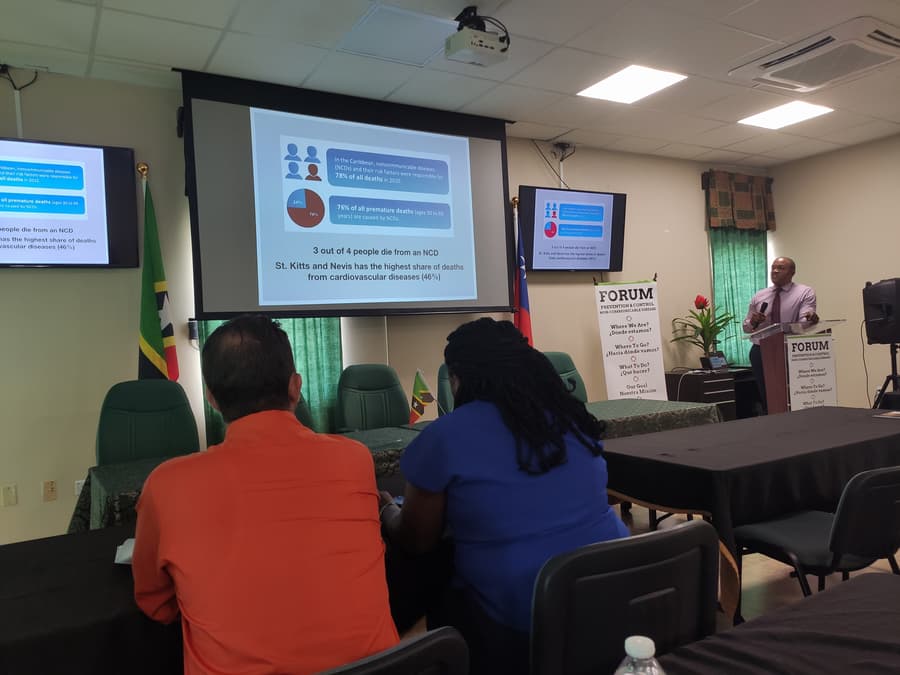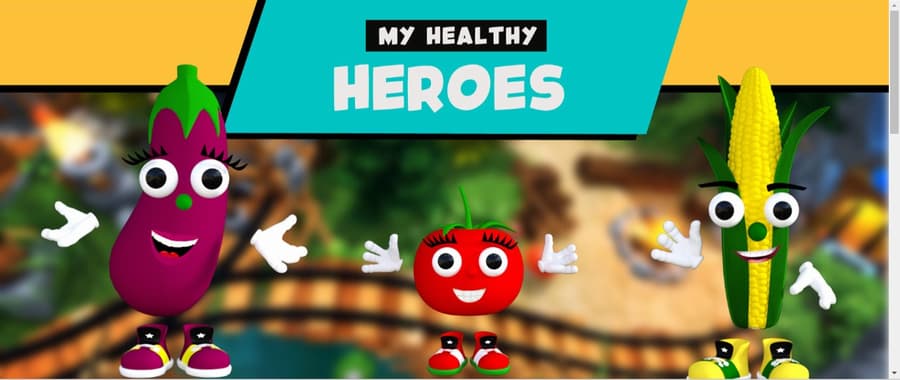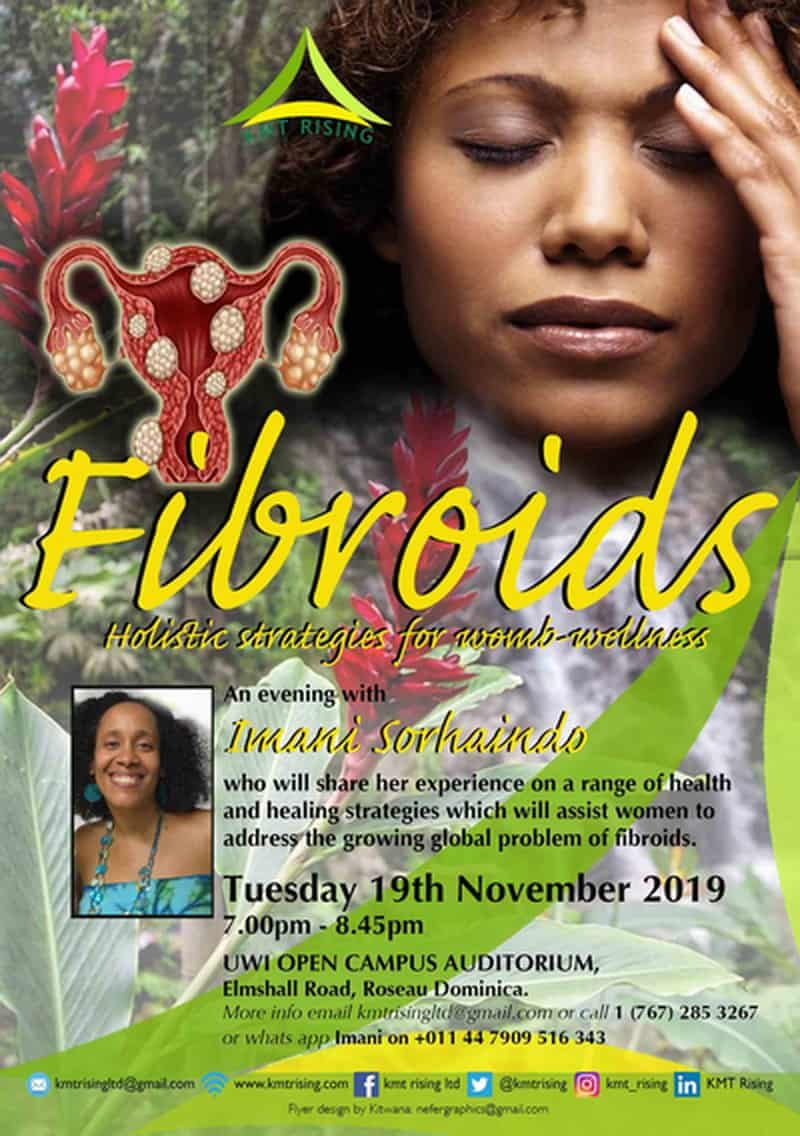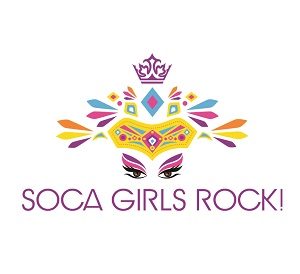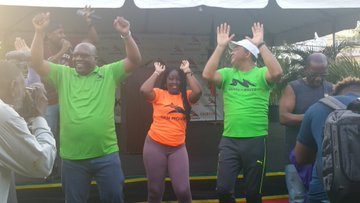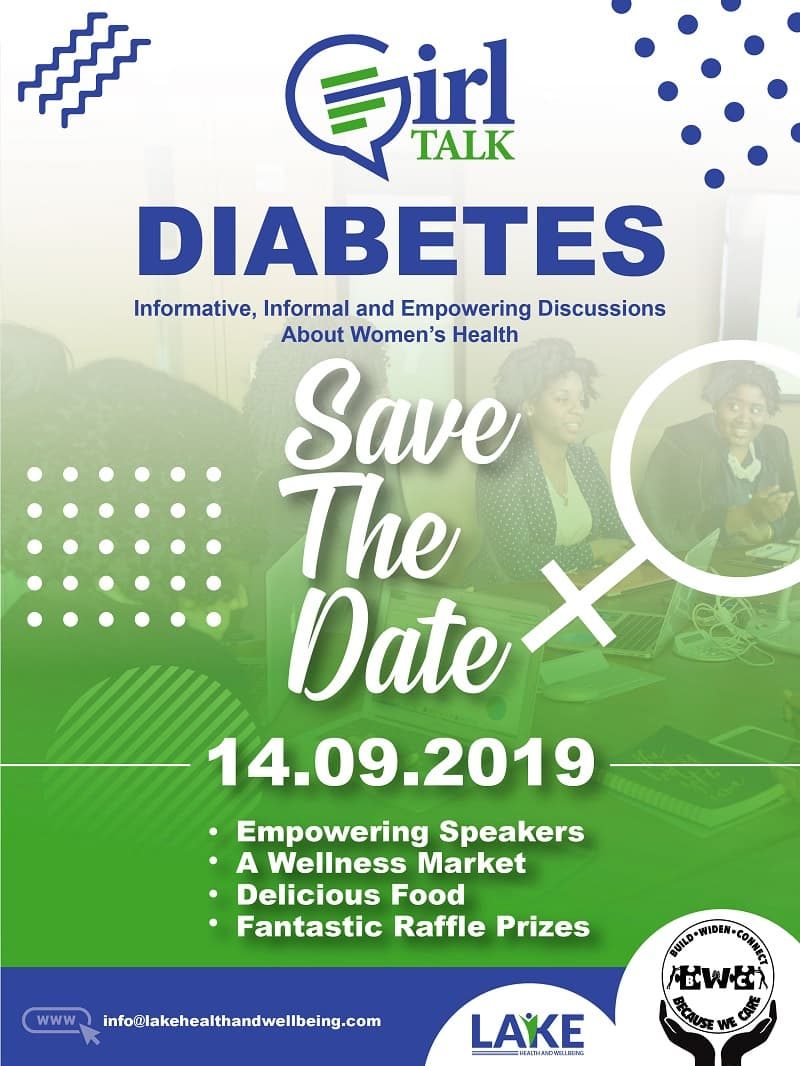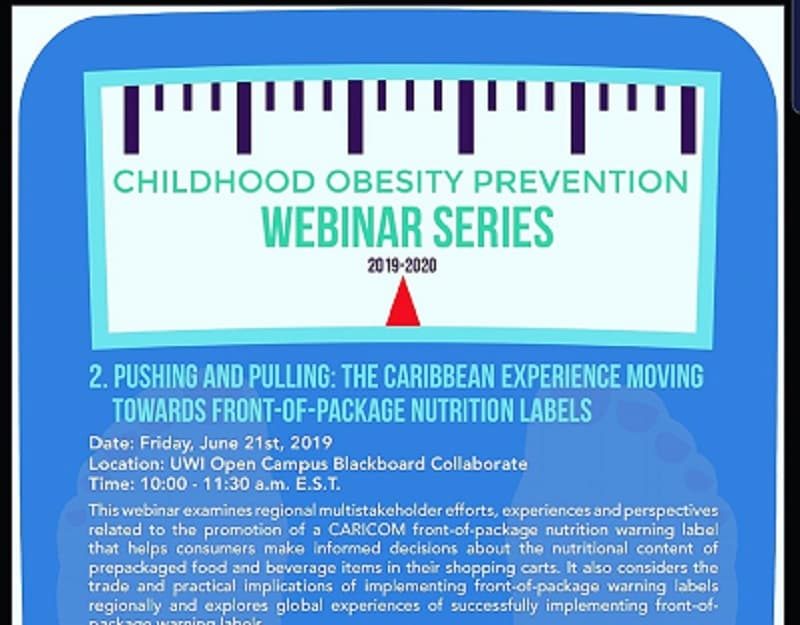Our Healthy Kids SKN Campaign
Non-communicable diseases (NCDS) like cancer, diabetes and heart disease are a major challenge in St Kitts and Nevis. Data has demonstrated that NCDs are becoming an epidemic in the Federation with 83% of deaths being due to NCDs. We must do something about this to prevent our citizens from dying prematurely.
One approach to tackling NCDs is to focus on the next generation and ensure that children adopt a healthy lifestyle. We have to create a healthy environment at schools, in homes and within society so that children can make healthy choices.
Our Healthy Kids SKN campaign aims to raise awareness of the changes that children need to make in order to reduce their risk of developing an NCD later in life. We’re encouraging children, parents and teachers to focus on three main areas – eating healthily, drinking healthily and physical activity.
Eating Healthily
Junk food is everywhere so we must make a concerted effort to help children resist temptation and eat healthily. Children should eat a variety of foods to ensure they are getting enough nutrients to develop and grow. This includes consuming foods from all food types. In particular, parents should ensure that their children cut down on foods that are high in sugar, salt and saturated fat and introduce more fruits and vegetables into their diet.
Children should eat 5-7 portions of fruits and vegetables every day, and eat colourfully, and aim to eat different colours of fruit and vegetables.
Drinking Healthily
Children in the Caribbean drink large quantities of sugary drinks putting them at risk of becoming obese or overweight. Caribbean children’s frequency of consuming sugary drinks was found to be amongst the highest out of 187 countries. Furthermore, teenagers (12 to 15-year olds) in Barbados, Jamaica, the Bahamas and Trinidad and Tobago reported drinking sugary drinks three times or more a day, and in St Kitts and Nevis, it was found that children consumed at least one carbonated soft drink a day.
Soft drinks are very high in sugar, for example, a can of coke contains 9.75 teaspoons (39g) of sugar and even juices contain high levels of sugar, a 330ml box of Rica Orange Juice contains 10.6 teaspoons of (42.2g) sugar – that’s more than coke!
We’re encouraging children to cut out the sugary drinks and drink water instead.
Physical Activity
For children to get healthy, they need to be active every day. The World Health Organisation recommends that children accumulate 60 minutes of moderate to vigorous-intensity physical activity every day.
We must get creative about physical activity as in St Kitts and Nevis, children are not active enough, over half of children, 58.4%, are physically inactive. We need fun approaches that don’t feel like work.
Working With Young People
We’re delighted to have worked with a young designer, Hadiya Lewis, to create the three graphics for this campaign. This is a great example of the talent and creativity that exists and how young people can contribute to communicating important health messages.
SKN Moves Support
We’re delighted that this initiative has been endorsed by SKN Moves and we’d like to thank the SKN Moves team for their support.
You can find out more about SKN Moves here

